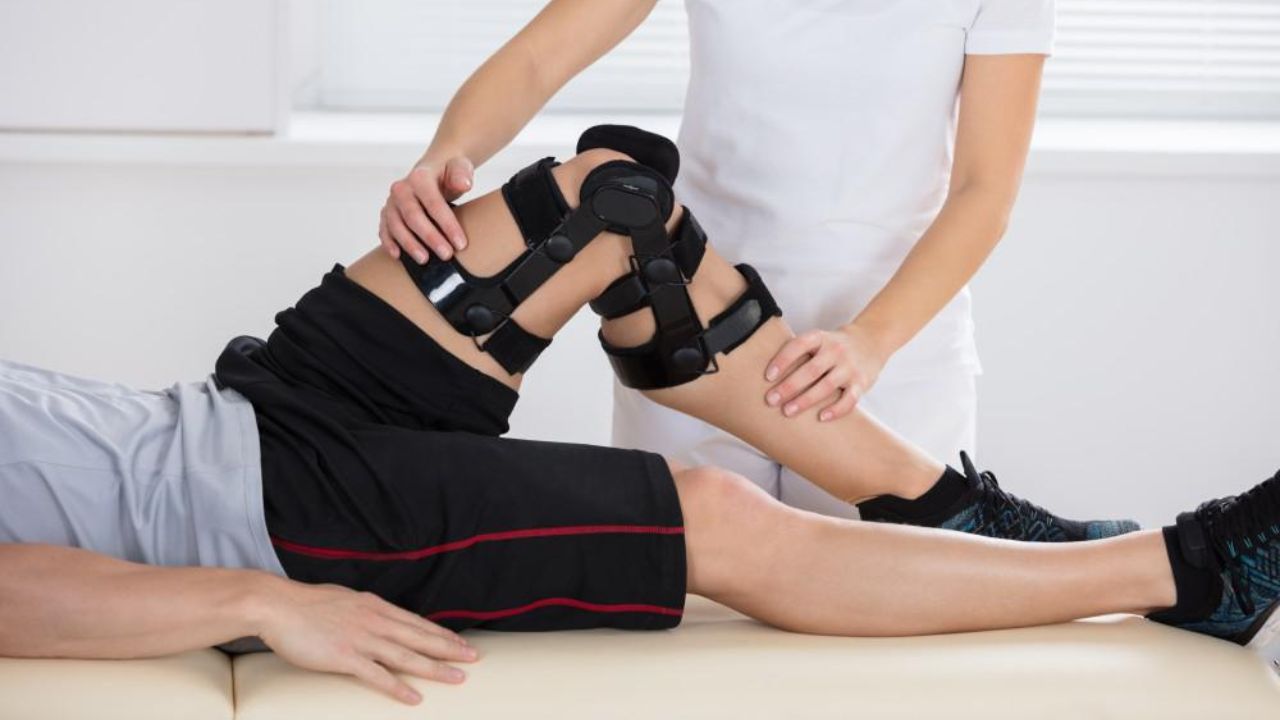The primary stabilizing ligament on the interior of the knee is the anterior cruciate ligament (ACL). The primary purpose of this structure is to stop the tibia (the shin bone) from moving forward and rotating on the femur (thigh bone). Knee instability results from ligament tears or ruptures.
Causes:
Usually, twisting or hyperextension injuries result in ACL tears. Non-contact sports activities that can induce an ACL injury include pivoting, rapid deceleration while jogging, and falls while skiing. Contact injuries to the ACL occur when there is direct trauma to the side or rear of the knee during collision sports.
Symptoms:
An ACL tear often results in immediate pain and edema. Something could “pop” inside the knee. After a few minutes, the inability to bear weight on the leg may lessen and walking may become possible. The knee may feel loose or as though it will “give out,” making it impossible to resume athletic activity. Swelling will worsen over time, and movement can be lost.
Diagnosis:
Examination reveals edema as well as a loss of strength and range of motion. Your surgeon will carry out tests to see if the meniscus and all of the knee ligaments are stable. An MRI that displays the ACL tear aids in the confirmation of the diagnosis. It is possible to characterize the type of tear (partial, full, or avulsion from either the tibia or femur), which could help with surgical planning. The bone bruising caused by the injury may also be visible on the MRI.
Treatments:
1. Non-operative: ACL rips that are non-operative do not mend. Some patients decide against having surgery for reconstruction. Because of the instability in the joint, non-operative treatment increases the risk of “wear and tear” arthritis and meniscus tears. Before undergoing surgery, non-operative measures such as anti-inflammatory drugs, physical therapy, cryotherapy, and activity modification may be advised in order to reduce swelling, regain motion, and strength. However, research has shown that surgery is less difficult and has better results for patients. If there are additional meniscus and cartilage damage that need prompt repair in a surgical patient, non-operative care may be forgone.
2. Operative – The type of ACL injury affects how it is managed surgically. Patients whose ACL is visibly torn off the wall of the femur (thigh bone) or tibia (shin bone) may benefit from ACL repair. Through a minimally invasive arthroscopic technique, the ACL is repaired. It is then sewn back into place and secured with screws or buttons. High-strength suture may also be used as an addition to the repair.
3. Internal Brace Option – This addition lessens the risk of secondary damage and helps avoid excessive range of motion during the healing process. The Internal Brace technique aids in preventing a number of failure modes in the context of ACL restoration, including slippage of the tendon-bone contact, creep and irreversible stretch, and traumatic ripping. Small and susceptible ACL repair grafts may benefit from additional protection from these failure scenarios with the Internal Brace approach.

 हिंदी
हिंदी






